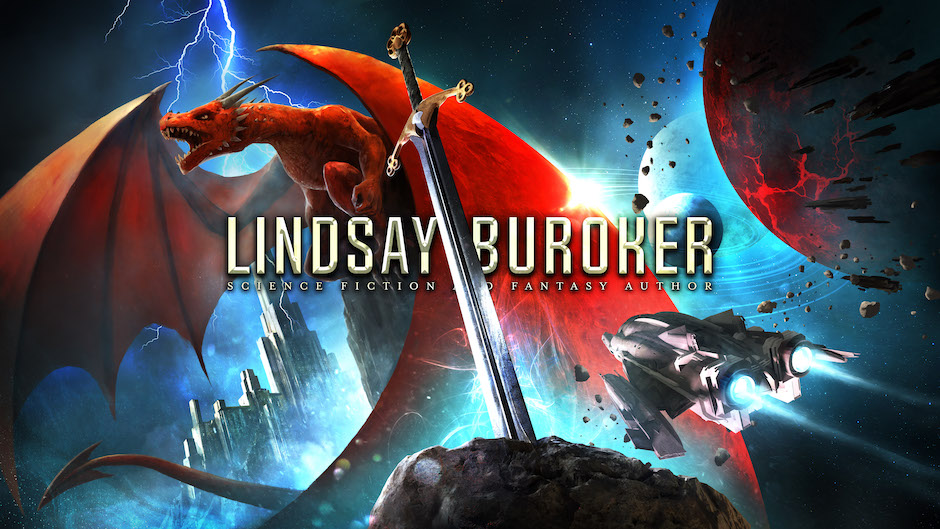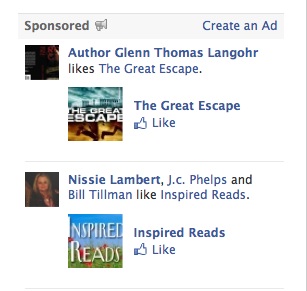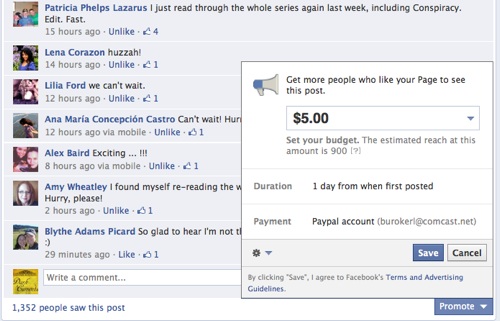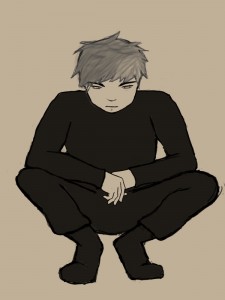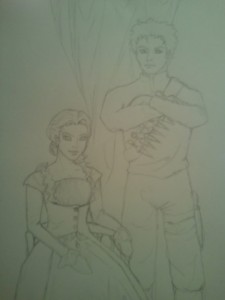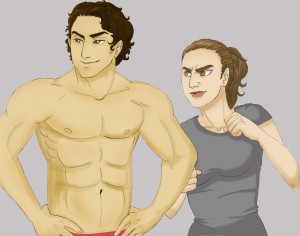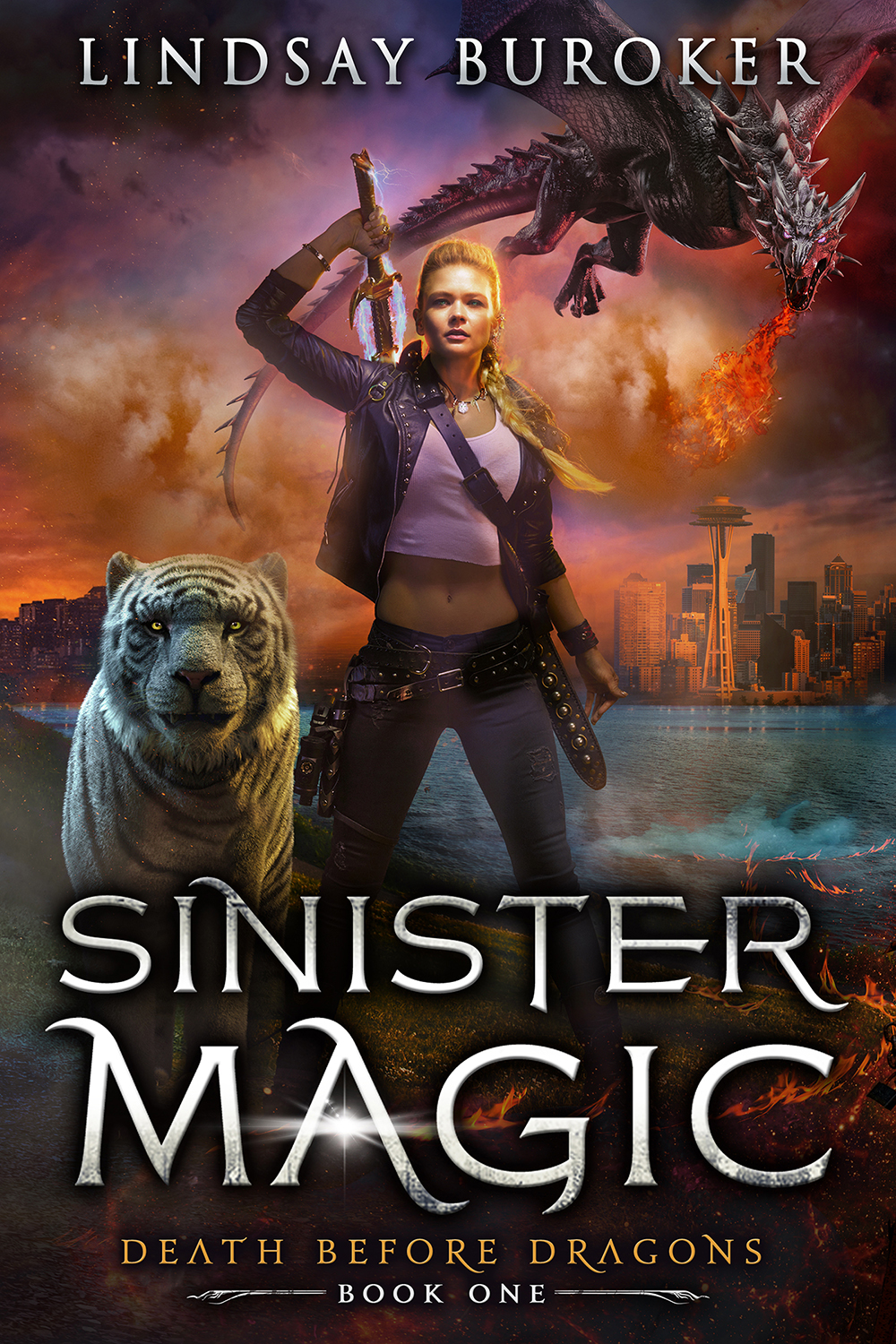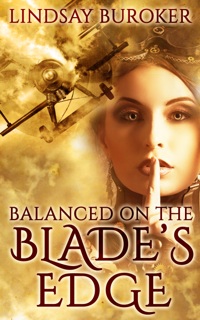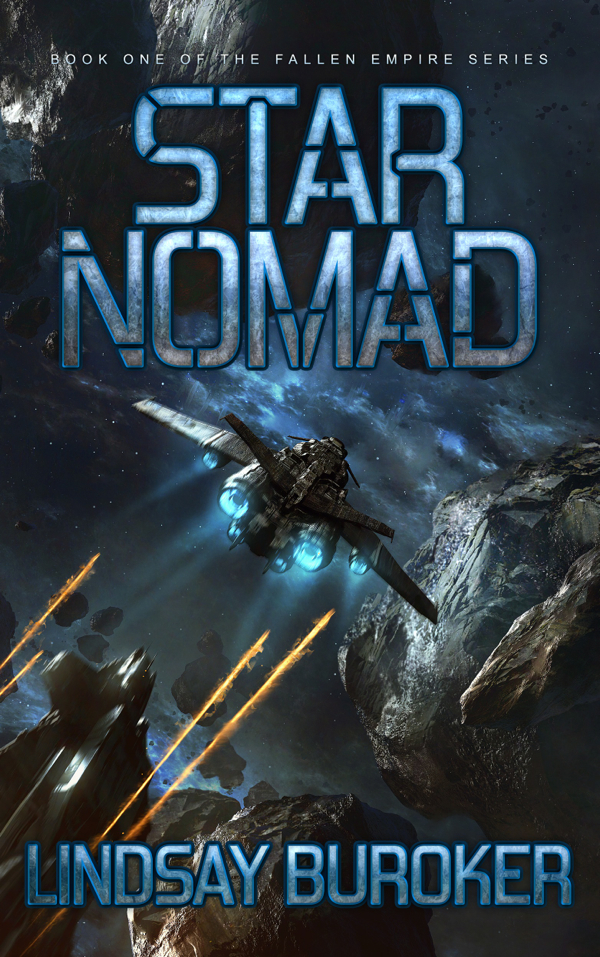Last week, I wrote a post on how Facebook advertising works, but what you’re all wondering is if Facebook advertising works. For example, if you’re a self-published author, can you a) use Facebook to sell more copies of your books and b) actually earn more in book royalties than you spend on advertising costs?
My short answer is that you can make more people aware of your work and sell more books, but it’s hard to break even, especially if you’re selling a single paperback or ebook where you’re only making $2-$3 (or less) per copy. The numbers grow more promising if you’re promoting the first book in a series and you’ve already seen, through previous months’ sales stats, that a good number of people who read Book 1 go on to purchase the others.
I’ve tried the two types of advertising Facebook currently offers (more details in the post I mentioned), general “pay-per-click ads” that are displayed to a demographic you target and “promoted posts” that are shown to people who’ve previously liked your author page. I’ll go over my experiences with both here.
My Experience with Facebook’s Pay-Per-Click Ads
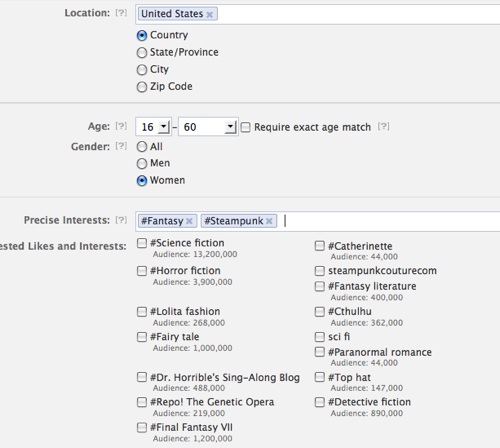 I played with a couple of ad campaigns last year, and, since it’s on my mind here again, I’m trying another one now.
I played with a couple of ad campaigns last year, and, since it’s on my mind here again, I’m trying another one now.
Last year, when I tried this, I was selling my first ebook for 99 cents and my second for $2.99. That’s all I had out at the time. A sale of Book 1 would earn me a 35-cent royalty, and, considering you have to bid close to that for a Facebook ad click, it definitely would have been a losing proposition if that were the only thing I had out. (Facebook suggested I bid close to a dollar per click — yeah, right. I tried bidding the minimum of 10 cents, but the ads didn’t get displayed much, so I bumped things up to 15 and eventually 20 cents, which resulted in a more reasonable number of displays and clicks). With two books out, advertising held more promise, but because of my low prices, I’d still only earn $2.40 per reader, if said reader liked the first book enough to buy the second. I definitely had to keep advertising costs low!
So, did I actually sell any books?
The answer is… it’s hard to tell.
Here’s the main problem:
I can see how many people click on the ads, through my Facebook advertising dashboard, but if I’m sending them to my book’s page on Amazon (or elsewhere), there’s no way for me to tell which purchases come via the ad and which come via another source. When I tried advertising on Goodreads, less than a month after I published my first ebook, I was selling so few copies a day, that it was easy to see how the advertising increased sales. By the time I tried Facebook, this wasn’t the case. I was averaging maybe 20 sales of EE1 a day back then, with daily variations, so it was hard to tell if Facebook accounted for any of those sales or not. Also, with ebooks, people can download a sample and come back to make the purchase days or weeks later, so that makes it doubly hard to gauge ad effectiveness.
Are there workarounds?
Yes, there are a couple, and, though they’re not ideal, they may help you more effectively monitor your costs vs. earnings.
First off, you can send people to a tab on your Facebook author page (here’s the lowdown on how I did my first Facebook fan page, in case you haven’t set one up yet) instead directly to the bookstore. On this tab, you could have a big picture of your cool cover art, an excerpt from a scintillating chapter, and a link to your ebook at Smashwords, along with a coupon code offering the person a discount (Smashwords offers file formats for all e-readers, so Nook, iPad, and Kindle users can all shop there). You can see how often (and when) your coupon is redeemed, and if you’re not using that same coupon code anywhere else, you’ll know for certain that those sales came from Facebook.
The problem? The main one is that not everyone has a Smashwords account or wants to make one. Also, by sending people to your fan page first, you’re making extra steps for your potential reader. You can test, but it’s likely you’ll have a higher buy-in rate if you send people directly to Amazon (target Kindle people) or Barnes & Noble (nook), etc. where they can quickly skim the reviews and download a sample.
The second workaround is one I haven’t tried, but which I hope to implement some day, and that’s to sell ebooks directly from your site. Using a tracking program such as Google Analytics, you can see exactly how people get to your e-store, how long they spend on your site, and whether they eventually make a purchase.
Again, you put an additional barrier in the road, though, because people have to be willing to make a purchase from an unfamiliar site and to go through the additional step of manually loading the ebook onto their devices instead of enjoying wireless delivery from Amazon, Apple, etc.
*For those thinking that they might use affiliate links to monitor sales (this is how I know that people actually buy my books after visiting my blog), I’m sorry to say that Facebook won’t approve ads with affiliate links in the URL.
Why I Abandoned My Facebook Ad Campaigns (but am thinking of coming back)
At the end of the day (at the end of a couple of weeks actually), I hadn’t spent much (I targeted my ads to a very precise fantasy-loving ebook-reading group, so there weren’t a ton of displays or clicks each day), but I hadn’t had a very noticeable increase in sales either. At the time, I decided to discontinue the campaign.
Fast forward a year, and I’m tinkering again. As some of you know, I now give my first ebook, The Emperor’s Edge, away for free. Books 2, 3, and 4 (with 5 coming soon) are currently $4.95 (meaning I make about $3.30 for each ebook sale), and I have related ebooks (short stories and novellas) that fans often go on to purchase as well. Though not everyone who downloads the freebie goes on to buy any other books, I stand to make much more from those who do. Some of those people also sign up for my newsletter, like my Facebook page, and essentially become long-term (dare I hope “lifetime”?) fans, meaning they’ll be there to grab new books when they come out. Suddenly it makes sense to spend a dollar or two to get people to try the first ebook.
Also, because the ebook is free, there are no barriers for the readers. People no longer have to go through the shopping-cart process or risk buying from an unfamiliar store. They can simply download the book without hassle.
When I had a daily sponsorship at Pixel of Ink in May, it resulted in lots of free downloads, which caused an increase in all of my other ebook sales for that month too. Unfortunately, I can’t advertise at Pixel of Ink that often, as there’s quite a waiting list. I can, however, keep ongoing advertising campaigns running at Facebook (and Goodreads as well — another place that allows you to target a specific audience), which can help keep a trickle of new readers coming in.
I’ll point out here, too, that once you’re making a part- to full-time income from your books, you’ll be looking for business expenses to write off when tax time comes around. I can’t speak to other countries’ tax codes, but, if you’re in the U.S., any money you spend on ads for your business is money you don’t have to pay taxes on later. (Of course, this is still your money, and I’d run the numbers to make sure it ends up being worth it, taxes notwithstanding.)
Warnings: AKA What Might Cause Your Ads to Perform Poorly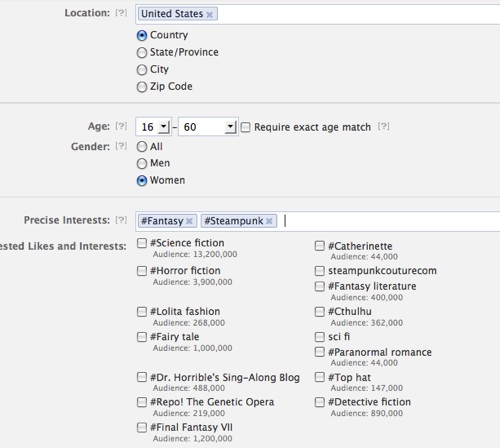
Poor targeting — Facebook lets you get very specific with targeting, so make sure you use the feature. This will keep down clicks from uninterested parties. As you can see, I targeted female steampunk and fantasy fans (I have male readers, but, because the heroine and I are female, the books tend to have more female readers). If you’re sending people to Amazon and only sell ebooks, you may want to target only kindle folks. You don’t want to waste money trying to sell your ebook to someone who only buys paperbacks.
Bad cover art/blurb/sample/etc. — It should go without saying, but the more professional your cover art and blurb are, the more likely people will take the book seriously. Ditto for your sample pages — make sure something happens in those opening pages and grabs the reader (personal mistake: I didn’t really do that with my first book because I didn’t know how to “think like a publisher” back then).
No reviews — Wait until you have a few reviews before giving advertising a try. I’ve talked about social proof on here before, but essentially, it’s tough to get people to try a book that (it seems like) nobody else is reading. I’ll argue that sales ranking matters less than reviews, as the average reader doesn’t really know what those numbers mean, but it might also look bad if the most recent reviews are two years old — go out and give away some review copies to see if you can drum up some new ones.
All right, as is so often the case with my posts, this has turned into a long one, so I’ll talk about how the “promoted posts” advertising went next time. I just did that a couple of weeks ago, so it’s fresh in my head. Short teaser: I thought the experience was promising enough to try again.
In the meantime, if you’re an author, have you tried advertising on Facebook? What were your results? Readers, have you ever purchased a book after clicking an ad on Facebook?
